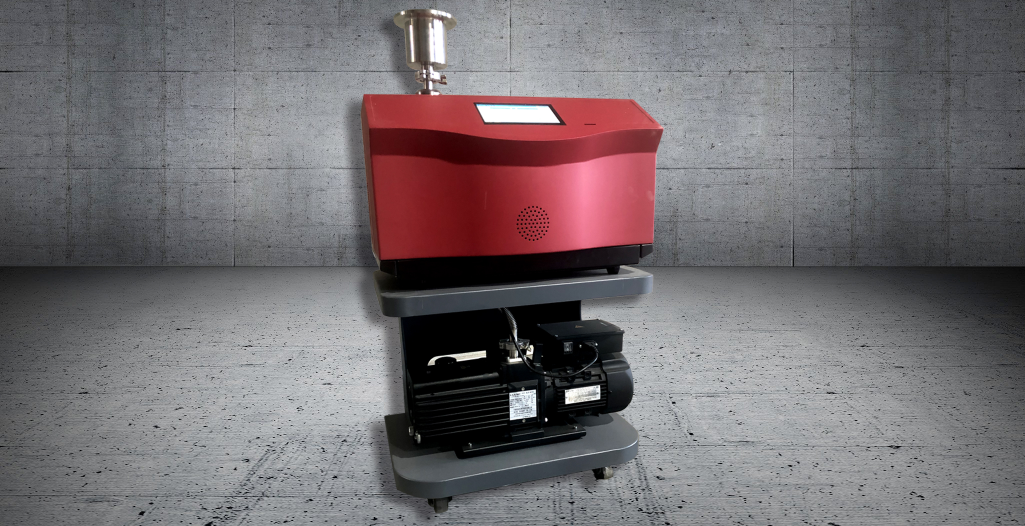Why do helium mass spectrometry leak detectors choose helium as a tracer gas?
Hora de lanzamiento: 2023-09-01
Why was helium chosen as the tracer gas
Requirements for tracer gases:
- Harmless: can not cause pollution, harm or security risks to the human body, the environment, the inspected part, the leak detector;
- Light weight, inert gas, can penetrate tiny cracks;
- Stable chemical properties, no chemical reaction or flammable and explosive;
- It is best to meet the requirements of leak detection sensitivity only with as little gas as possible in the air.
Tracer gas type
- Hydrogen gas H2
- Helium 3 (Helium isotope gas)
- Helium 4 (He4)
At present, the vast majority of the world's helium mass spectrometer leak detector uses helium as the tracer gas, generally leak detection uses helium He as the tracer gas, but also uses hydrogen H2 as the tracer gas. Hydrogen and helium are ideal tracer gases: the content of air is small, the mass is light, the speed is fast, and the linear travel distance is long under the same conditions. In actual use, it is also relatively easy to obtain and can be used in large quantities. However, hydrogen has certain safety problems in use, so most of the actual leak detection uses helium.
Helium is usually chosen as the tracer gas in Bowie photoelectric helium mass spectrometry leak detector, mainly for the following reasons:
- The content of helium in the air and the residual gas of the vacuum system is very small (about 5.2ppm in the air), and it is also very small in the output gas of the material, so the background pressure is small and the output background current is small. Because the background is small, the fluctuation of the background is caused by some reasons, that is, the background noise is small, so the small leakage rate can be reflected. High sensitivity.
- Helium has a small mass (relative molecular mass is 4) and is easy to pass through leakage holes. In this way, helium has a larger leakage rate than other gases except hydrogen through the same leak hole, which is easy to find and has high sensitivity.
- Helium is an inert gas, does not react with the wall of the inspected part, will not pollute the inspected part, and is safe to use.
- On either side of helium are hydrogen (mass-to-charge ratio of 2) and double-charged atom carbon (mass-to-charge ratio of 6), both of which differ greatly from helium. In this way, their deflection radius in the analyzer is also large and easy to separate. When calibrating to find helium peak, it is not easy to be interfered by other ions, so it reduces the requirement of manufacturing accuracy of the analyzer and is easy to process. At the same time, the gap between the outlet electrode of the analyzer and the accelerator pole of the ion source can also be enlarged to allow more helium ions to pass through and improve the sensitivity of the instrument.
- Helium is not easy to be adsorbed in the tested part and the vacuum system, so that a leak hole can be detected to make the helium signal disappear quickly in order to continue the leak detection, improving the leak detection efficiency of the instrument.

